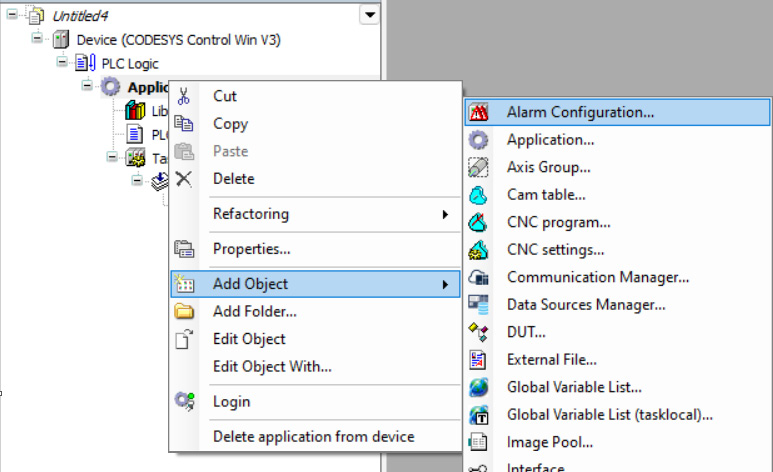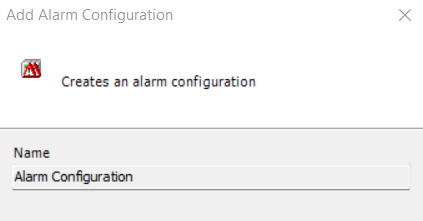Alarms — Avoiding Catastrophic Issues with Alarms
Thus far in this book, we have covered the basics of catching errors, mainly by doing something such as blinking an LED or changing the color of a control. For many things, simply changing a control’s color or blinking an LED is fine. However, there are times when a more dedicated HMI element is needed. With all that said, enter the world of alarms.
In many SCADA and HMI systems, alarms are dedicated controls that are specifically designed to warn operators about the status of the machine. Normally, alarms will allow you to change colors, display text, log issues, and more. Each HMI or SCADA package that offers alarms will offer different alarms, styles, functionality, and more. However, the core principles that govern most alarms are universal.
Much like HMIs, developing and properly implementing an alarm is as much a science as it is an art. This chapter is dedicated to implementing alarms logically and effectively...




